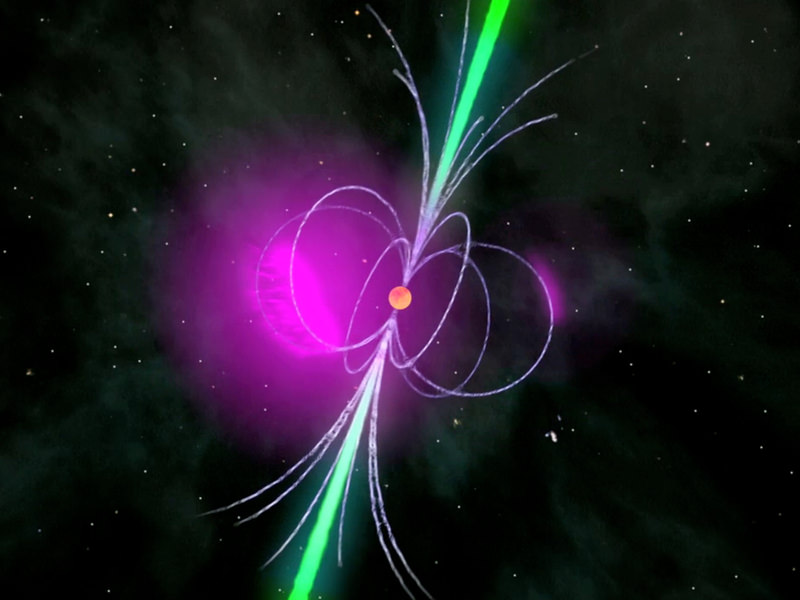Pulsars — those supernova leftovers that are incredibly dense and spin very fast — may change their speed due to activity of billions of vortices in the fluid beneath their surface, a new study says.
The work is based on a combination of research and modelling and looks at the Crab Nebula pulsar, which has periodic slowdowns in its rotation of at least 0.055 nanoseconds. Occasionally, the Crab and other pulsars see their spins speed up in an event called a “glitch”. Luckily for astronomers, there is a wealth of data on Crab because the Jodrell Bank Observatory in the United Kingdom looked at it almost daily for the last 29 years.
A glitch, the astronomers said in a statement, is “caused by the unpinning and displacement of vortices that connect the [pulsar’s] crust with the mixture of particles containing superfluid neutrons beneath the crust.”
“Surprisingly, no one tried to determine a lower limit to glitch size before. Many assumed that the smallest glitch would be caused by a single vortex unpinning. The smallest glitch is clearly much larger than we expected,” stated Danai Antonopoulou from the University of Amsterdam.
The astronomers added they will need more observations of other pulsars to better understand the results.
You can read the paper at the Monthly Notices of the Royal Astronomical Society or in preprint version on Arxiv. The research was led by C.M. Espinoza of the University of Manchester and Chile’s Pontifical Catholic University.
Source: NOVA


